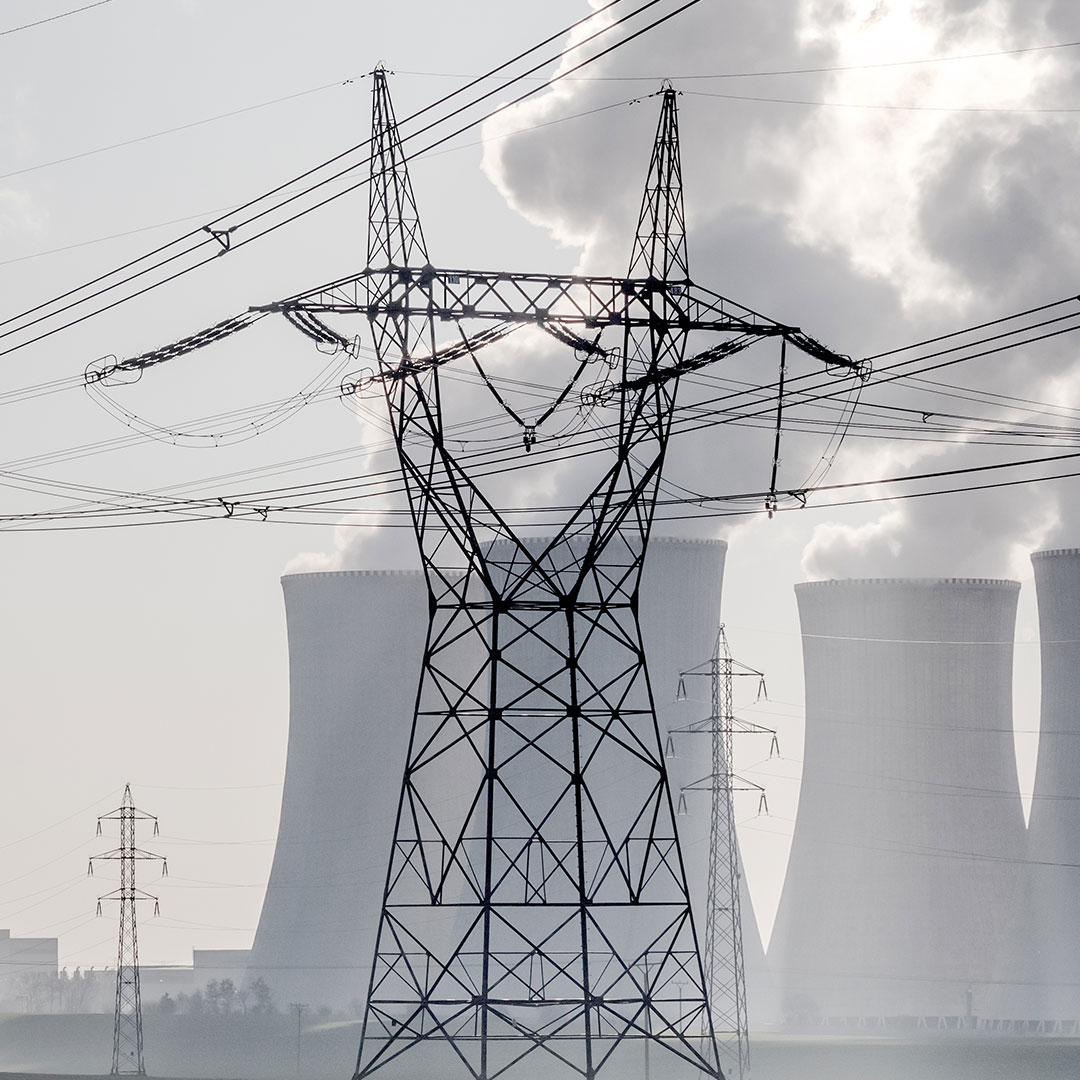
Load-Following Capability of German Nuclear Power Plants
- Project team:
Reinhard Grünwald (Projektleitung), Claudio Caviezel
- Thematic area:
- Topic initiative:
Committee on Education, Research and Technology Assessment
- Analytical approach:
Monitoring
- Startdate:
2010
- Enddate:
2017
sprungmarken_marker_1973
Objective of the project
How flexibly can nuclear power plants (NPPs) be operated and does their operation comply with a high share of fluctuating electricity feed from renewable energies (RE)? Since 2010, there has been a controversial debate in politics, science and the public with regard to these issues. The reason for this debate was the Energy Concept of the former German Federal Government that provided for a lifetime extension of the German NPPs.
Against this background, the Office of Technology Assessment at the German Bundestag (TAB) has been commissioned in June 2010 to carry out a study dealing with this subject with the aim of reviewing and concisely summarising the status of scientific knowledge and the current debate. The disaster in Fukushima in spring 2011 and the subsequent changes of the German energy system substantially reduced the priority of this study and rendered the initial time schedule obsolete.
Though, due to these developments, there is a considerable loss of political and economic relevance regarding the subject, the results are still interesting and relevant enough to be published at this point in time. On the one hand, the analyses presented here regarding the question of what a dynamic expansion of fluctuating renewable electricity generation demands from the conventional power plant fleet are still highly relevant. On the other hand, the issues examined here are raised with utmost urgency in other countries (e. g. France, UK). For this reason, it could be fruitful to contribute the findings obtained to the international debate on energy policy.
Results
NPPs are predominantly operated in continuous mode at full load to cover the so-called base load. In contrast, the feed from photovoltaics and wind power is subject to strong daily and seasonal fluctuations. A large share of the fluctuating electricity feed from renewable energies imposes stringent requirements on the remaining conventional power plant fleet that have to be met in order to ensure a stable and reliable supply.
Beyond technical and operational questions, there are also some significant economic aspects to be considered with regard to an operating mode meeting all these requirements – the so-called load-following operation. In addition, it is of fundamental significance to know whether the permanent change of operating states (temperature and pressure changes in the cooling circuits, frequent operation of controlling devices and the like) results in increased stress and wear of components and thus finally might involve implications regarding the safety of reactor operation.
According to their operating manuals, NPPs show a quite remarkable flexibility with regard to the speed at which the power can be adjusted. This flexibility, however, is limited by various other power plant properties. Among others, it depends on the condition of the fuel rods and on the load range in which the NPP is operated. Start-up times required to start up a reactor again from its shut-down condition or from operation at very low power are of major significance. Another factor to be considered is the number of cycles that can be run with the plants. Each load cycle stresses the material and will result in signs of material fatigue if frequently repeated.
To be able to evaluate whether further operation of NPPs is compatible with the planned expansion of electricity generation from renewable energy sources, a model-based analysis of the future power generation system has been carried out. A scenario with »conditionally flexible operation« of the NPPs (which approximately corresponds to an operating strategy for which experience has already been gained in some German NPPs) illustrates a substantial potential for conflict between a high market penetration with renewable energies and the continued operation of NPPs. Such a scenario has not only a technical and operational component, but also involves considerable economic implications. In case of a high market penetration with renewable energies, the current market design forces NPPs to be operated in hours with negative prices, as short-term load reductions are not possible for the NPPs. As a consequence, this involves a drastic loss of profits for NPP operators.
Questions with regard to the possible implications of an increased use of load-following operation for nuclear safety are dealt with in the form of theses. It was not intended to provide final evaluations regarding these theses, as this kind of highly complex specialist issues could not be dealt with in depth within the framework of this project.
Publications
Grünwald, R.; Caviezel, C.
2017. Büro für Technikfolgen-Abschätzung beim Deutschen Bundestag (TAB). doi:10.5445/IR/1000137922
Grünwald, R.; Caviezel, C.
2017. Büro für Technikfolgen-Abschätzung beim Deutschen Bundestag (TAB). doi:10.5445/IR/1000102277
